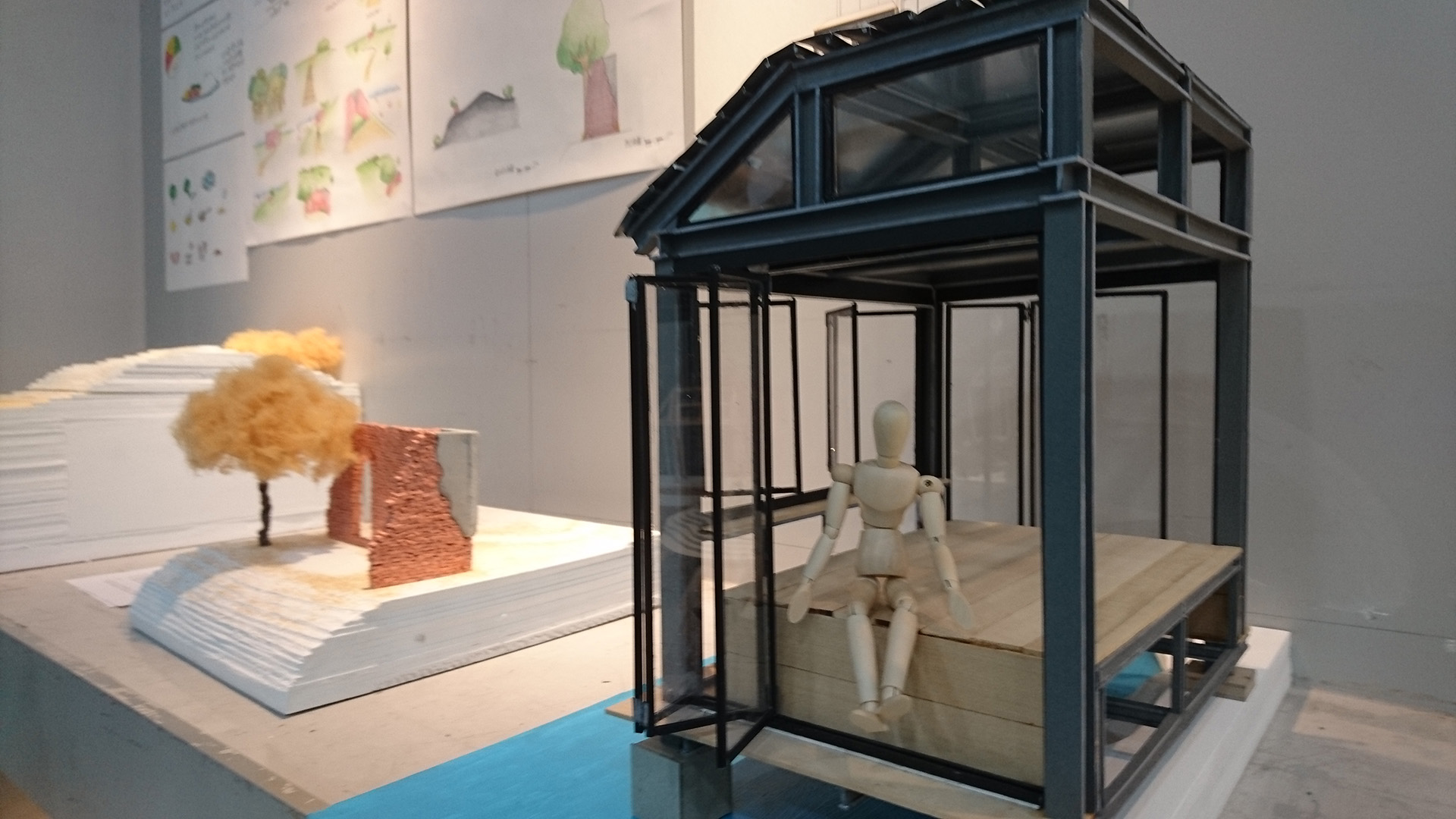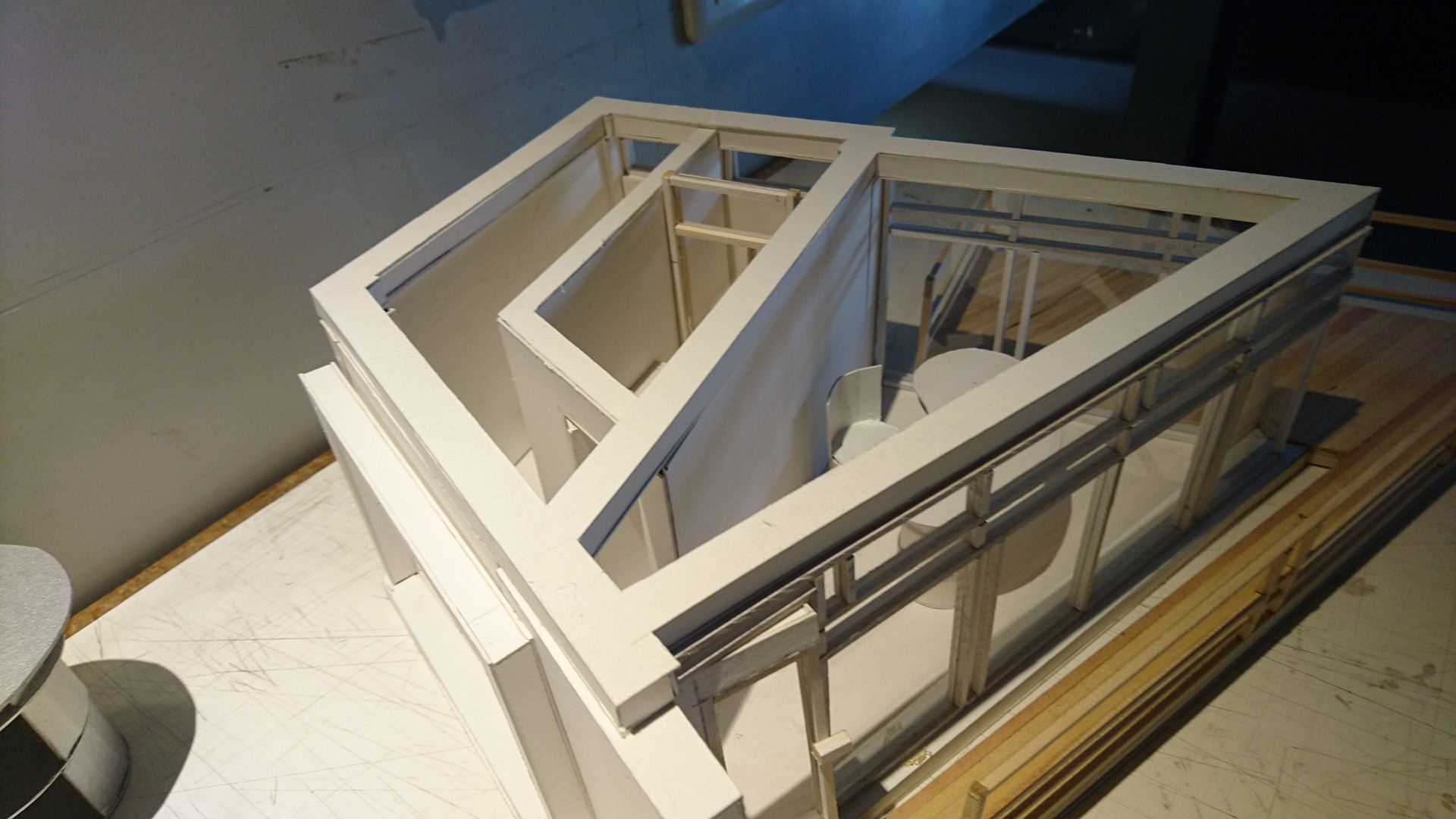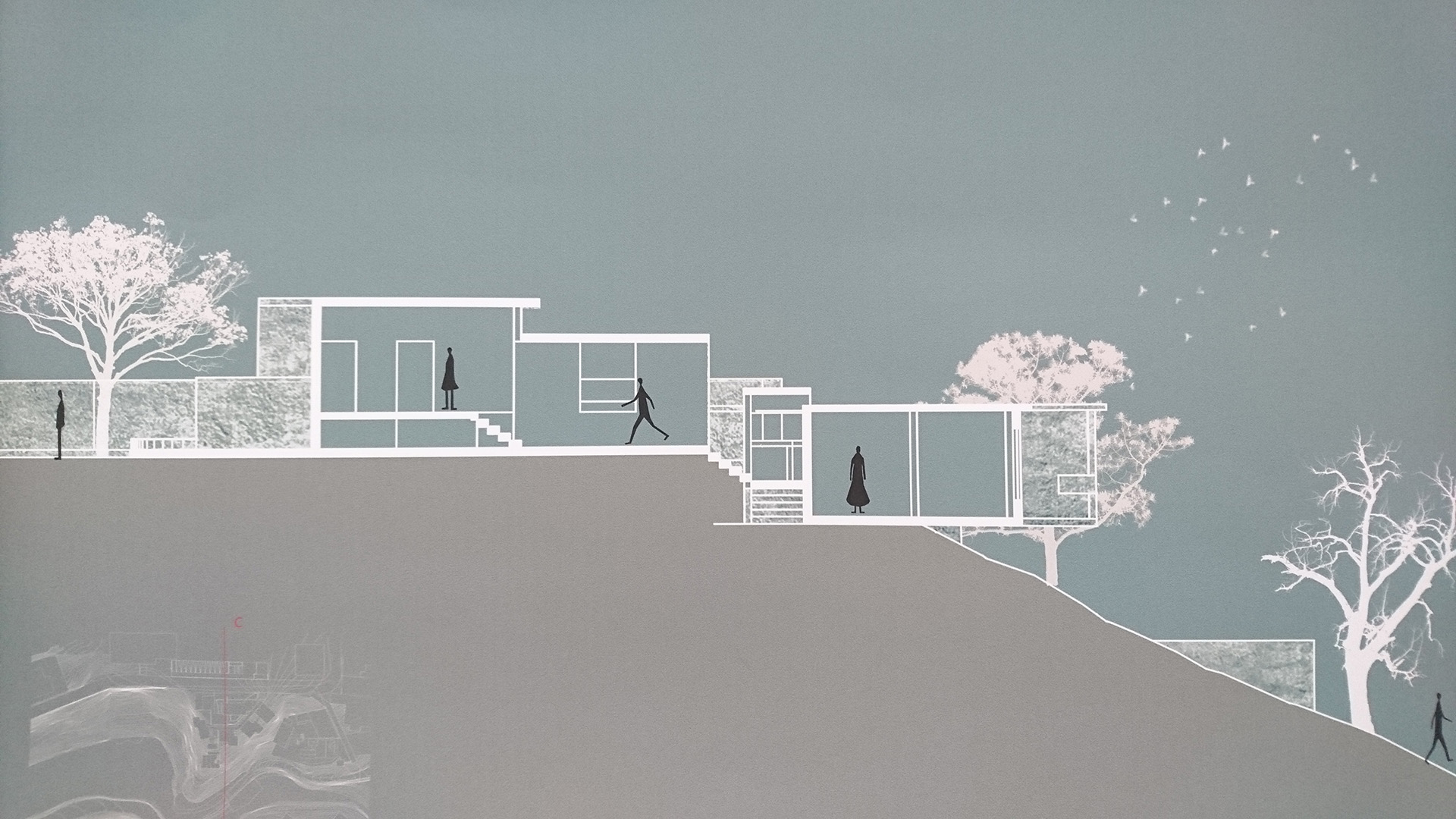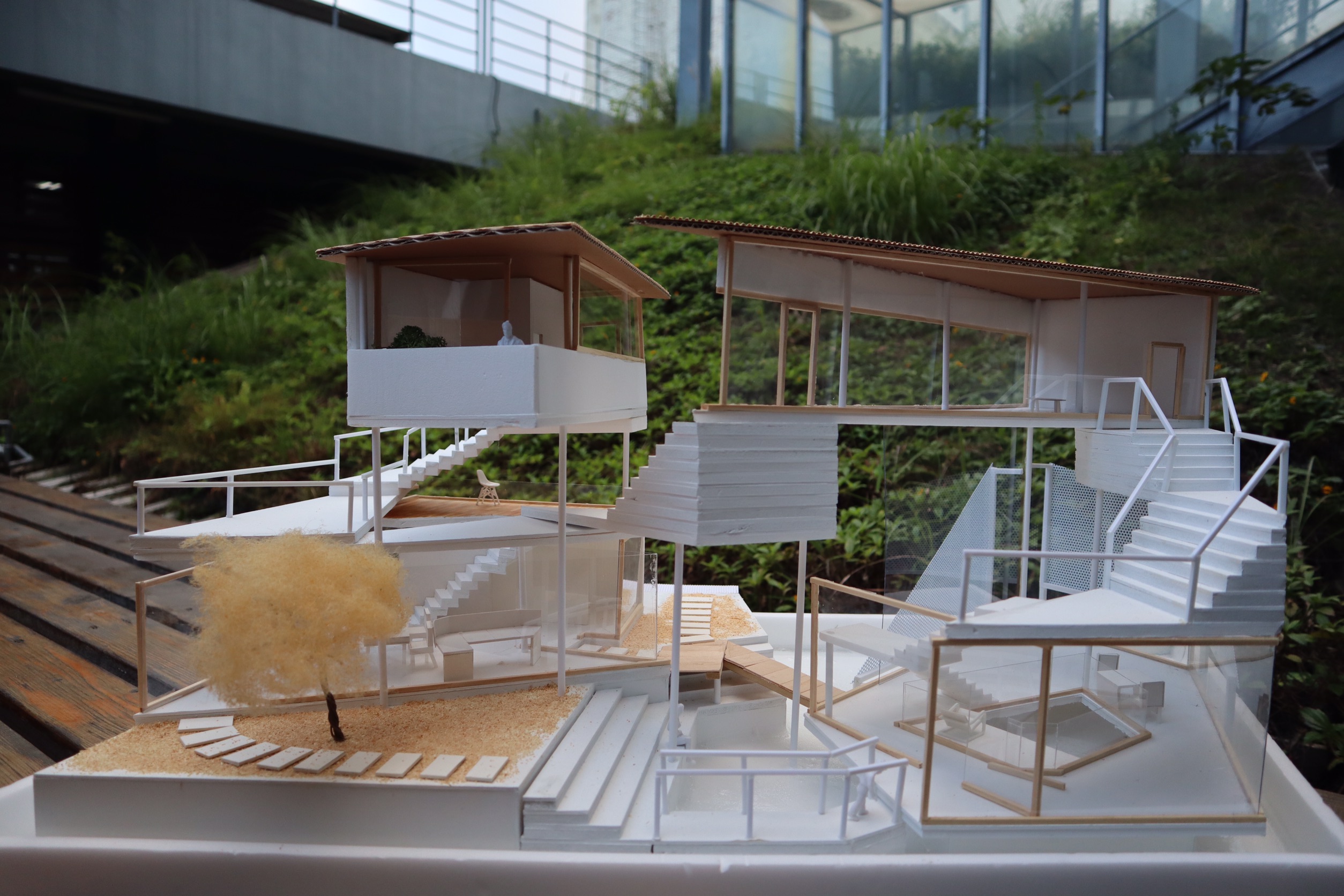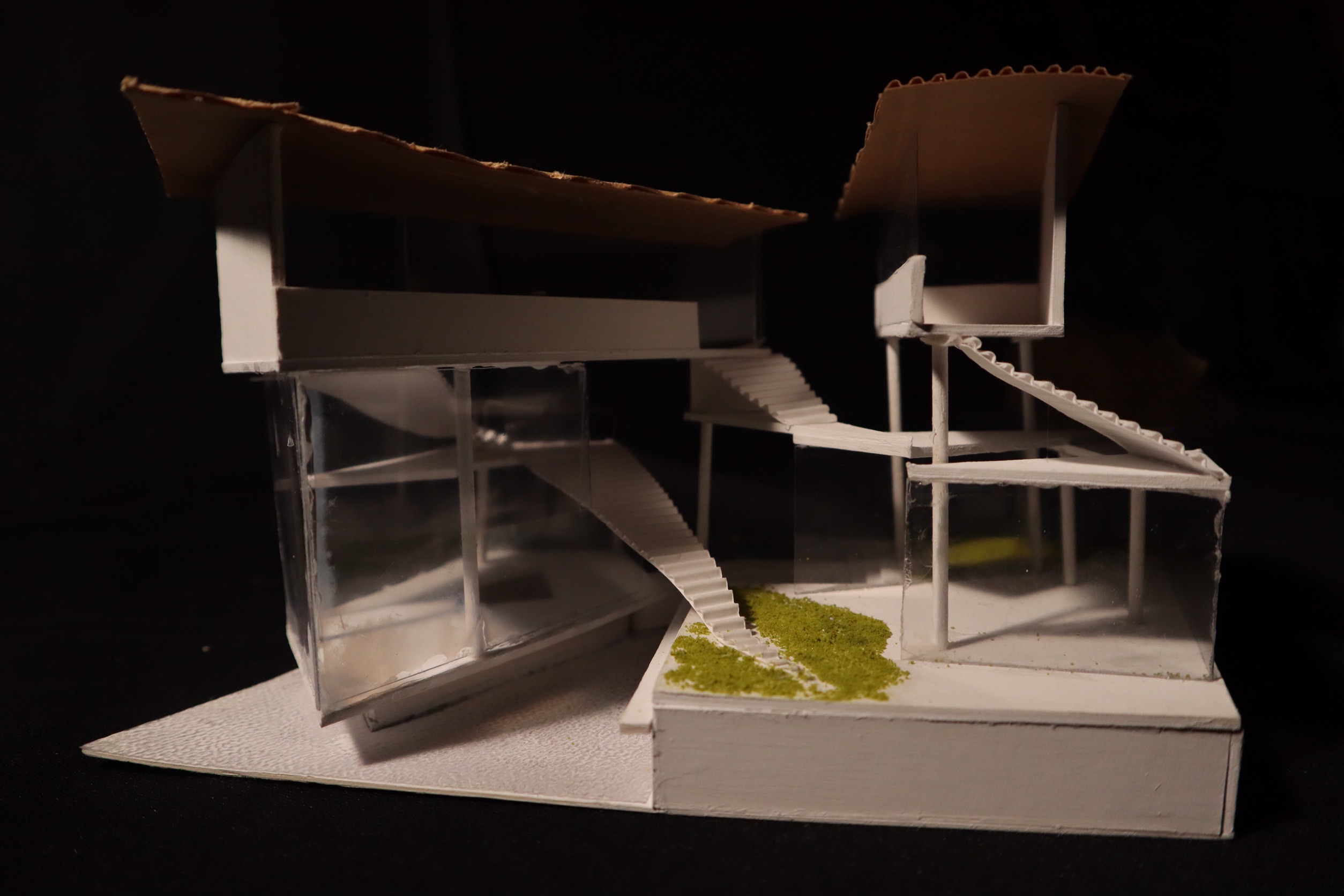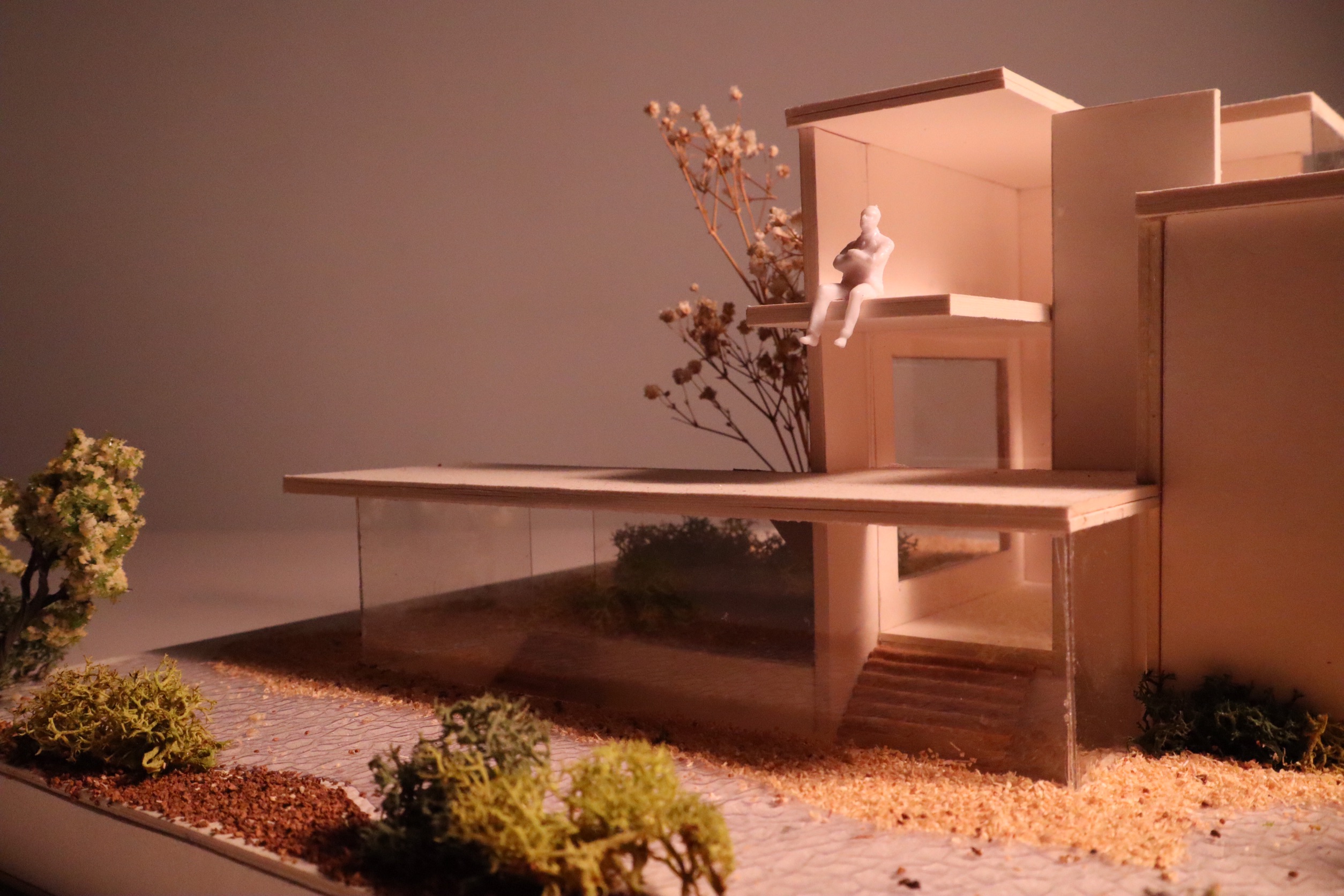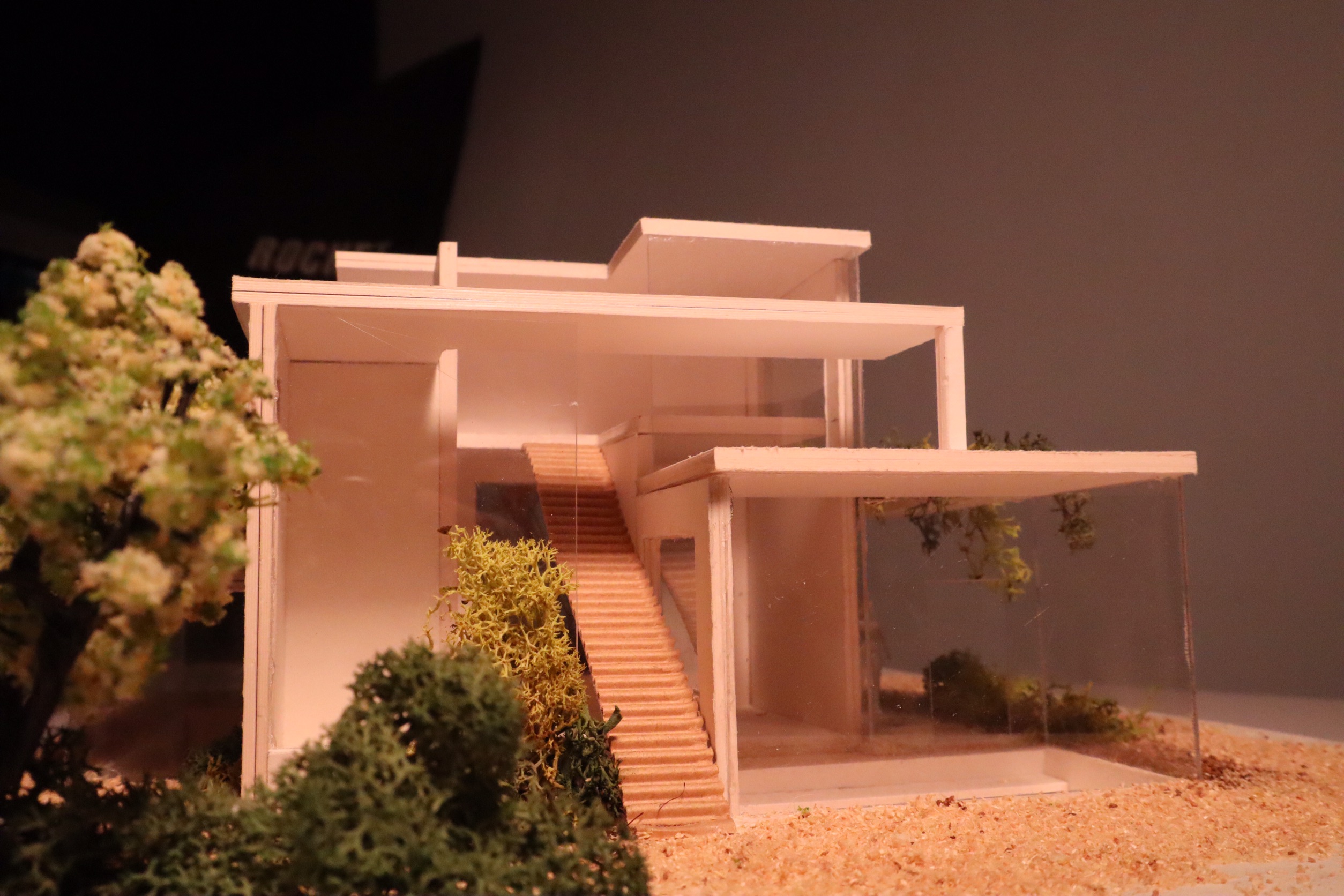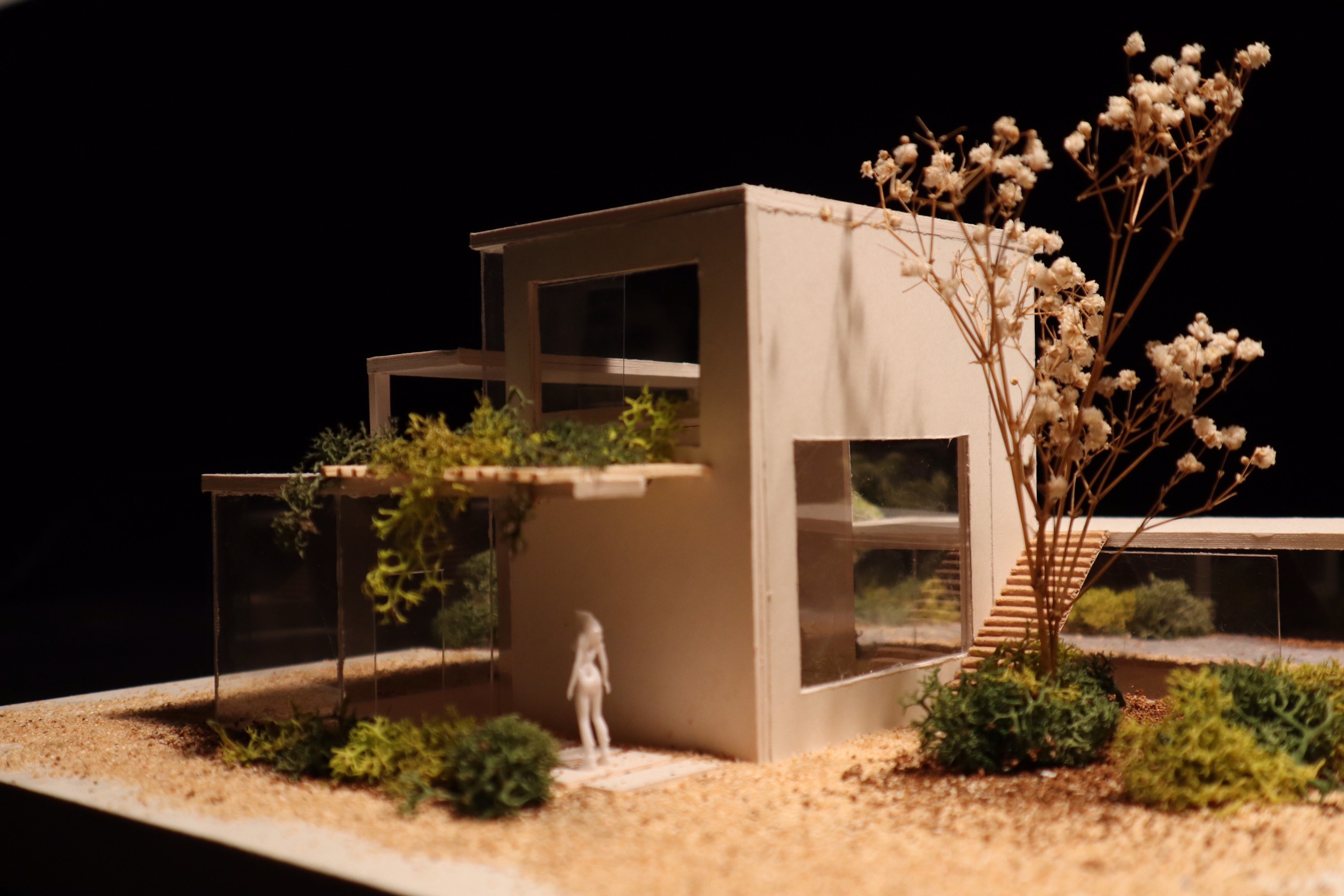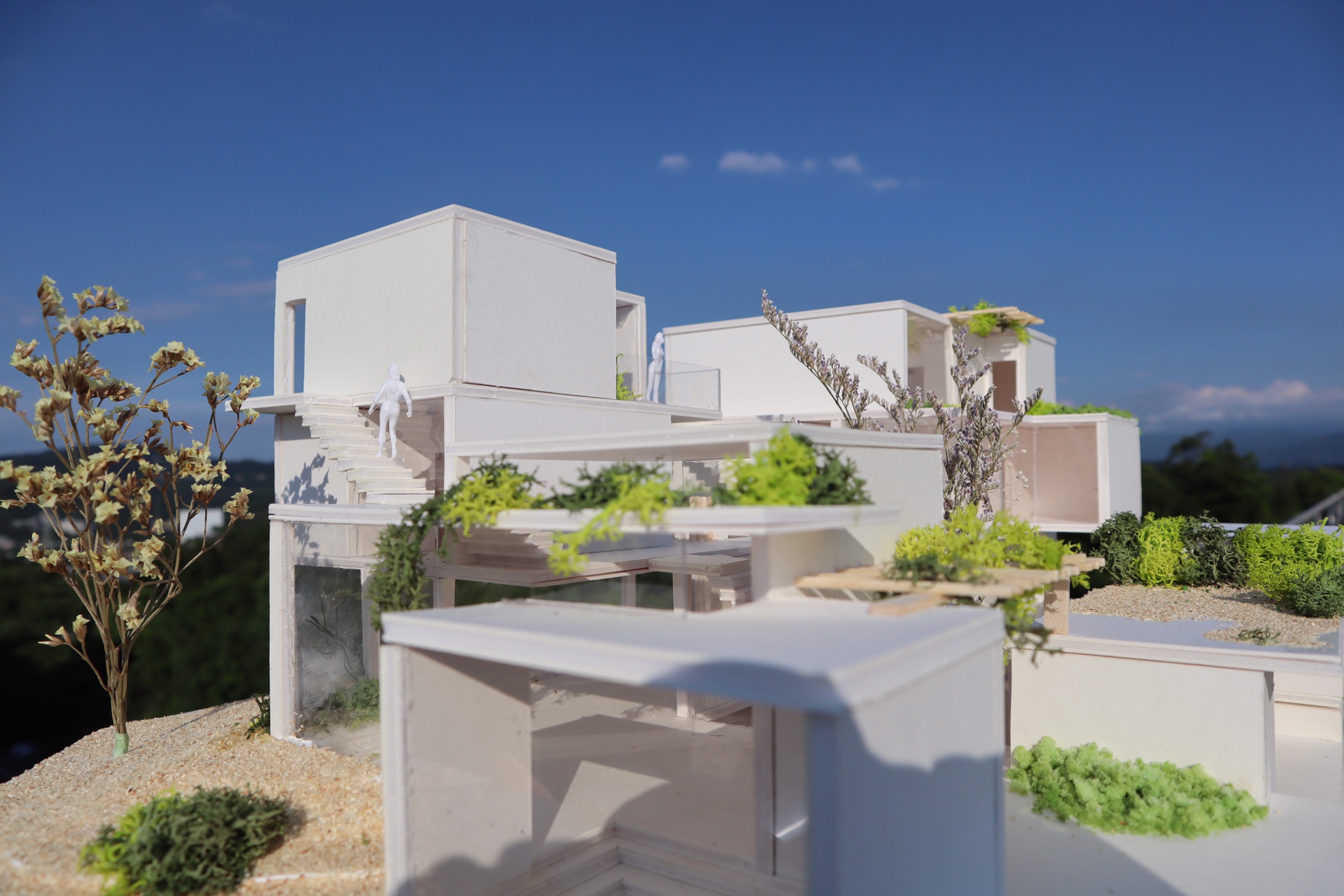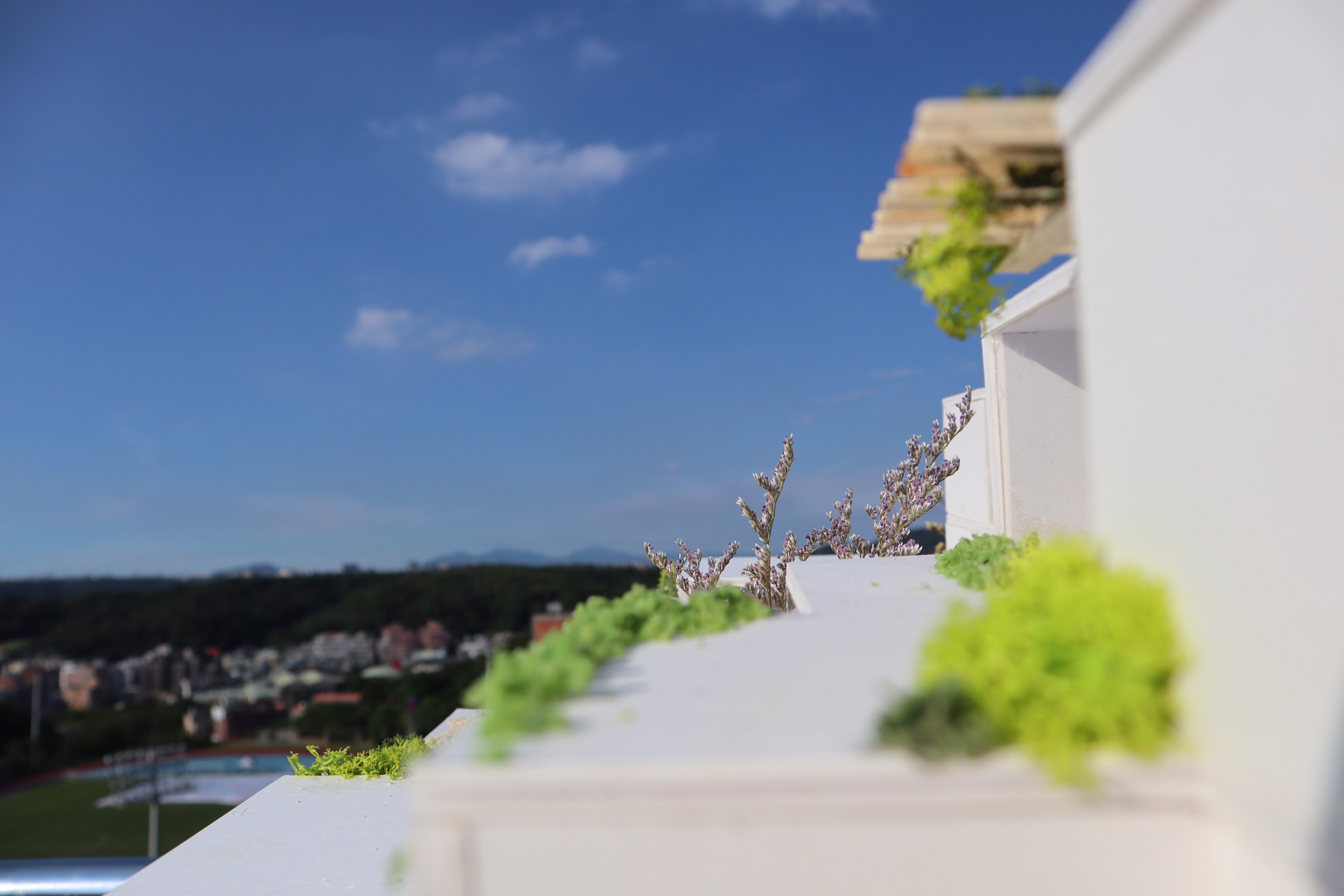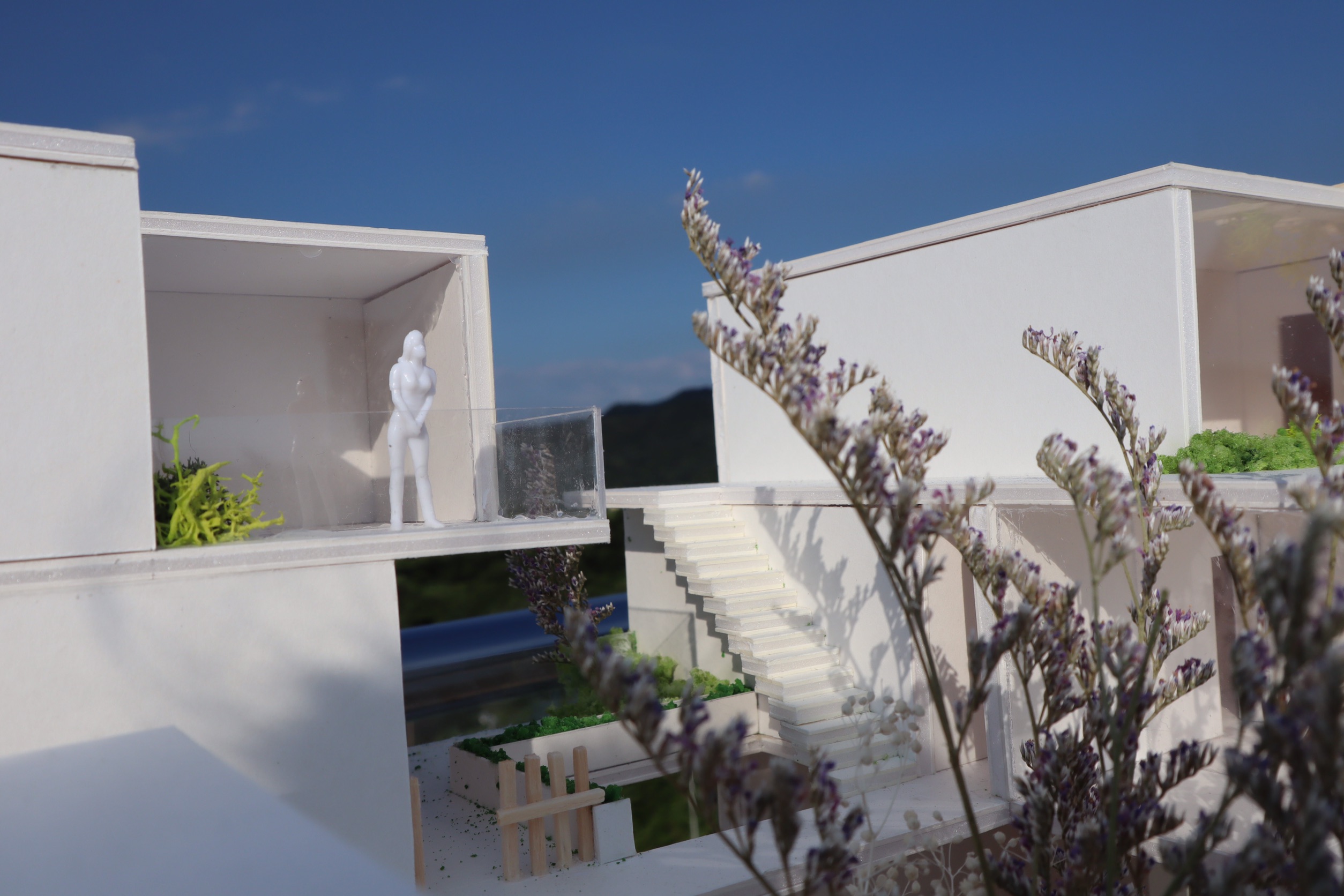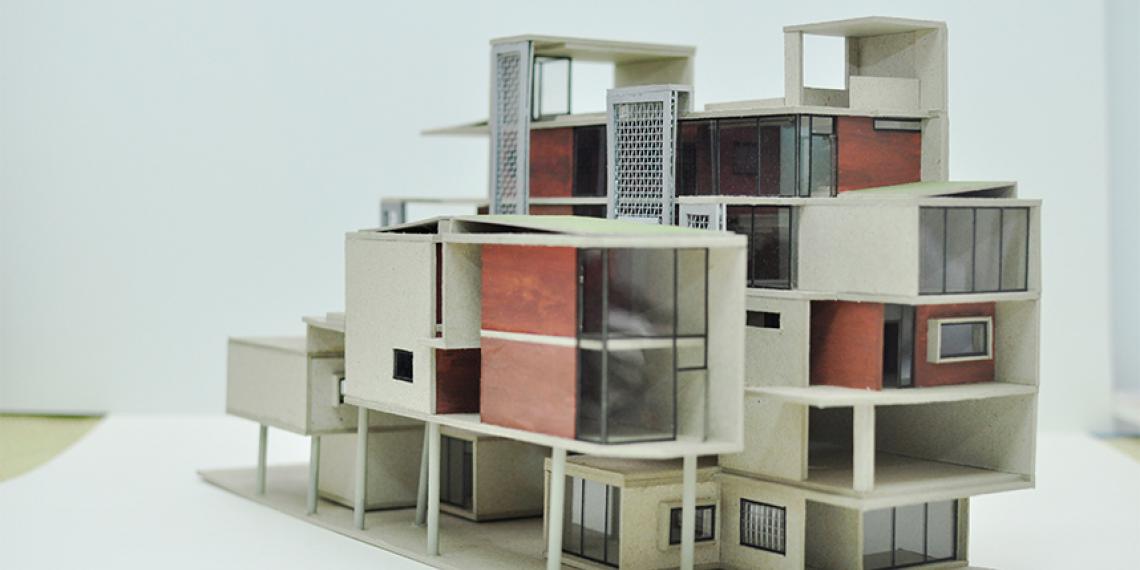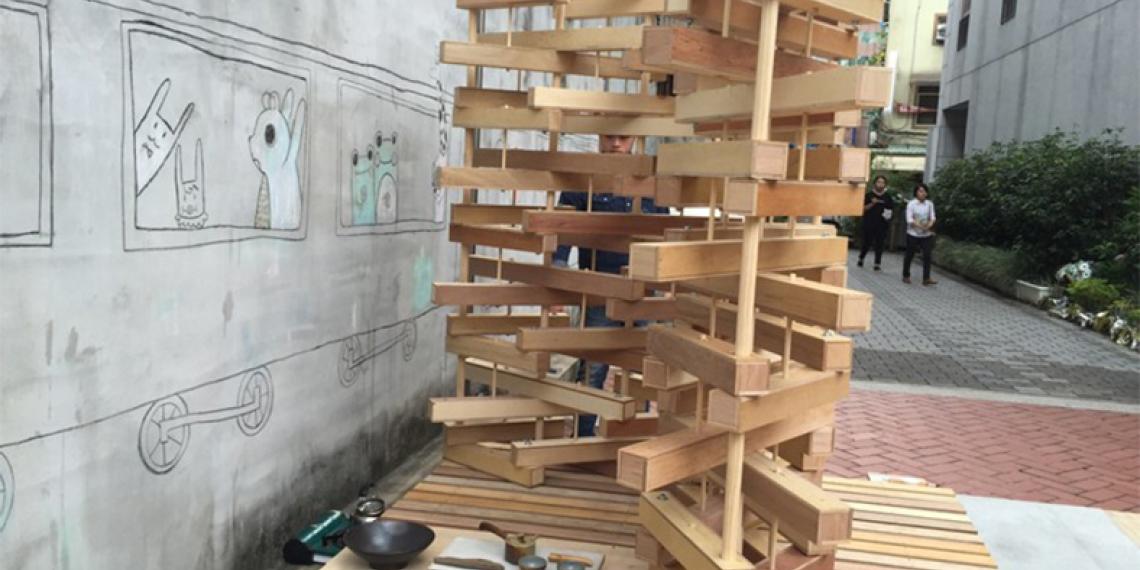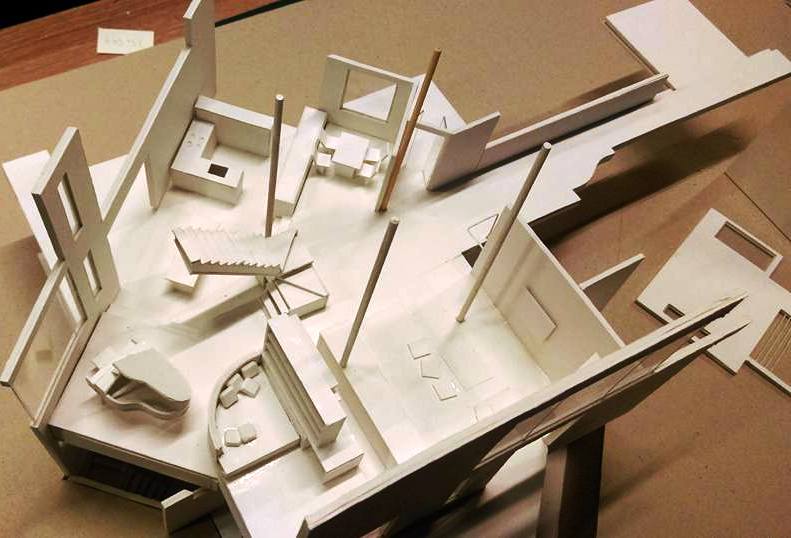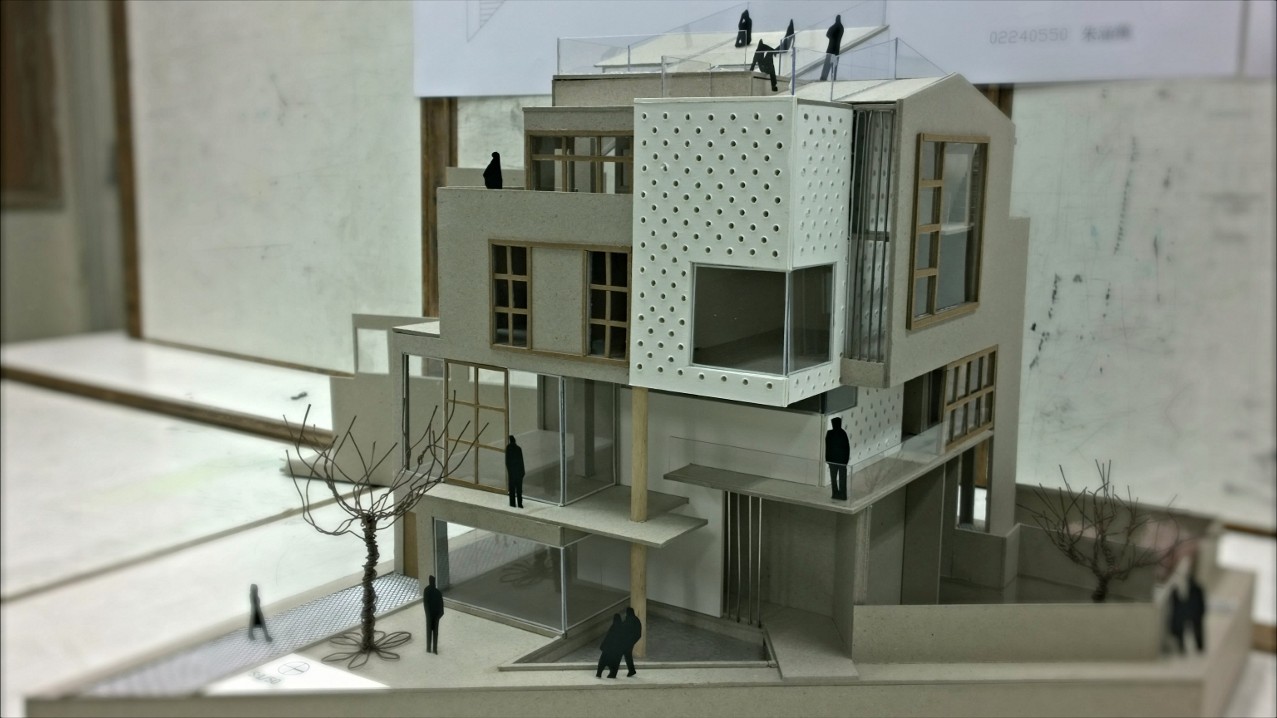- Course Objective
- Grasp basic spatial criterion;
- Have observation and analytic ability for behavior and activity use in environments;
- Able to use the feeling and significance of a space to ponder and express the emotion of a place and the spatial quality;
- Have a grasp of the relationship between expression/use of communication tools/ability to integrate in regard to the real spatial feeling and the imagination;
- Have basic ability to select framework materials to handle varied spatial forms;
- Have ability regarding conformity to the real spatial quality conditions (Taiwan environmental conditions, nature, culture);
- Have ability in basic construction plan and model expression/manufacturingHave ability in basic construction plan and model expression/manufacturing
- Course Outcomes
Viewed from past experience, as students proceed from basic design practice processing single goal forms and enter into architectural design, the first/frequent difficulty encountered is being at a loss for how to proceed to grasp and integrate complex topics regarding architectural design. Moreover, a more technical difficulty is being unable to truly grasp/use communication tools and integrate a specific real sense of space (spatial size/body feeling/spatial atmosphere and situation….). In view of these issues, this studio design practice provides some steps to guide students into the design domain gradually. The direction of this design practice stresses drills on interaction between spatial size, structural types, activity, the five senses and functional use to cultivate the complex relational abilities of each one to regarding spatial form and content function.
